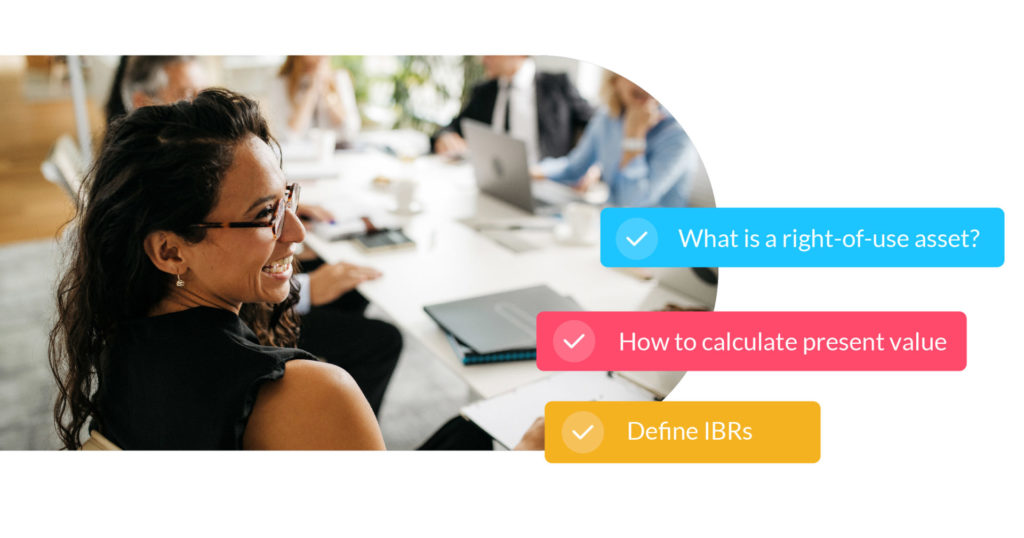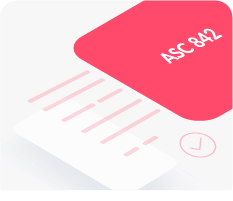
How to calculate right-of-use assets under ASC 842
By
EZLease team
In order to calculate right-of-use assets under the new ASC 842 accounting standard, lessees must first determine the present value of all future lease payments. This can be done using a discount rate that is equal to the lessee’s incremental borrowing rate. The result will be the right-of-use asset amount that should be recorded on the balance sheet. Once the right-of-use asset has been determined, the lessee must then allocate that amount to each period in which the asset will be used.
What is a right-of-use asset?
A right-of-use asset is an intangible asset that represents the lessee’s right to use a leased asset for the lease term. ASC 842 requires lessees to record right-of-use assets on their balance sheets.
How to calculate present value of future lease payments
The first step in calculating a right-of-use asset is to determine the present value of all future lease payments. This can be accomplished using a discount rate that is equal to the lessee’s incremental borrowing rate. The present value of future lease payments is the sum of all future payments, discounted at the lessee’s incremental borrowing rate.
How to allocate the present value of future lease payments
The allocation of the present value of future lease payments can be done using a number of different methods. The most common method is to use the straight-line method, which allocates the present value of future lease payments evenly over the lease term. Other methods include the declining balance method and the sum-of-the-years’-digits method.
What is the lessee's incremental borrowing rate (IBR)?
The lessee’s incremental borrowing rate is the rate of interest that the lessee would have to pay if it were to borrow funds to finance the leased asset in similar economic conditions. The IBR is used to discount the present value of future lease payments.
The lessee’s IBR can be determined using a number of different methods. The most common method is to use the interest rate implicit in the lease. This rate is typically stated in the lease agreement. If the interest rate implicit in the lease is not known, the lessee can estimate its IBR using a risk-free rate plus a risk premium.
How to record right-of-use assets on the balance sheet
Once the right-of-use asset has been calculated, it should be recorded on the balance sheet as an intangible asset. The carrying value of the right-of-use asset should be shown on the balance sheet net of any accumulated depreciation.
Right-of-use assets should be depreciated over the lease term using the straight-line method. The depreciation expense should be reported on the income statement.
Staying compliant with ASC 842
The simplest way to remain compliant with ASC 842 is to use lease accounting software like EZLease. Our solution is designed to help lessees comply with the new accounting standard, calculate right-of-use assets, allocate the present value of future lease payments, and record the asset on your balance sheet.
For more information about how EZLease can help you comply with ASC 842, sign up for a free trial today.



